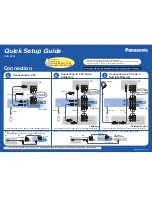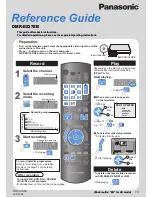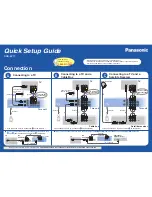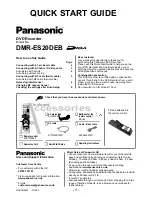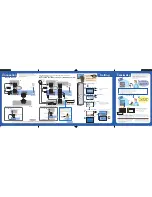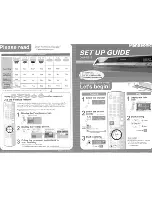
52
NexLog Recorder User Manual v2.2.0
is to protect you from accidental changes. Time and Time zone are very
important settings on a Recorder. Recordings generated during times when
these are incorrectly set, will be recorded on the wrong dates/times and may be
impossible to find or overlap other properly recorded calls. The configured time
zone is primarily used for displaying timestamps in Setup and on the front
panel. Regardless of the configured time zone, call records are actually stored in
the recorder's database in UTC time zone and converted for display and
querying. The time zone is also used for synchronizing with a time source that
provides Local Time rather than UTC (see below.)
In addition to setting your time and time zone, this page allows you to set your
Time Sync settings. Time sync settings allow you to slave your recorder's
internal clock to an external source to make sure the internal time and all
recording timestamps remain accurate and synchronized across your
organization. Eventide highly recommends the use of Time Sync. When you
select a Time Source via the Time Source Radio buttons, all configuration
settings relevant to that Time Source will appear below. The Available Time
sources are:
None
: No Time sync, only the recorder's internal clock will keep time
NTP
: Network Time Protocol. You can configure the IPs of up to 4 NTP Timer
Servers. Only one will be used at a time, but others are back ups in case the
recorder cannot reach a primary time source. Normally, the recorder will slowly
“slew” the current time to the time source’s time if they do not match to prevent
large time jumps. The Force Sync option will save the current settings and
immediately set the recorder time. This is useful when first setting up a
recorder.
IRIG-B
: Only relevant if you have purchased the optional IRIG-B time code
reader for your recorder. IRIG-B is a time source protocol provided over a coaxial
cable. You can select whether your IRIG-B time source is providing current time
in the UTC Time zone, or in the Local Time zone you have configured under
'Time zone'
RS232
: Some Time sources provide time over an RS232 (Serial) Cable plugged
into the recorder. Here you can configure which serial port you have your time
source plugged into and which of the supported formats the time source will be
formatting the timestamps in. You also select serial settings to match your time
source such as Baud Rate, Parity, Number of Data bits and Number of Stop
Bits. Like IRIG-B you can configure whether your time source is sending time
stamps in UTC or Recorder Local Time.
Wharton
: Wharton is a special case of RS232 time sync which does not have
any options about baud rate or format, as this is hard coded as part of the
protocol. In addition, only the first serial port can be used for Wharton.
Regardless of the time source you are attempting to sync to, as a precaution
against the recorder receiving an invalid timestamp from the time source, the
recorder will only take action on a timestamp received if it is within 5 minutes of































